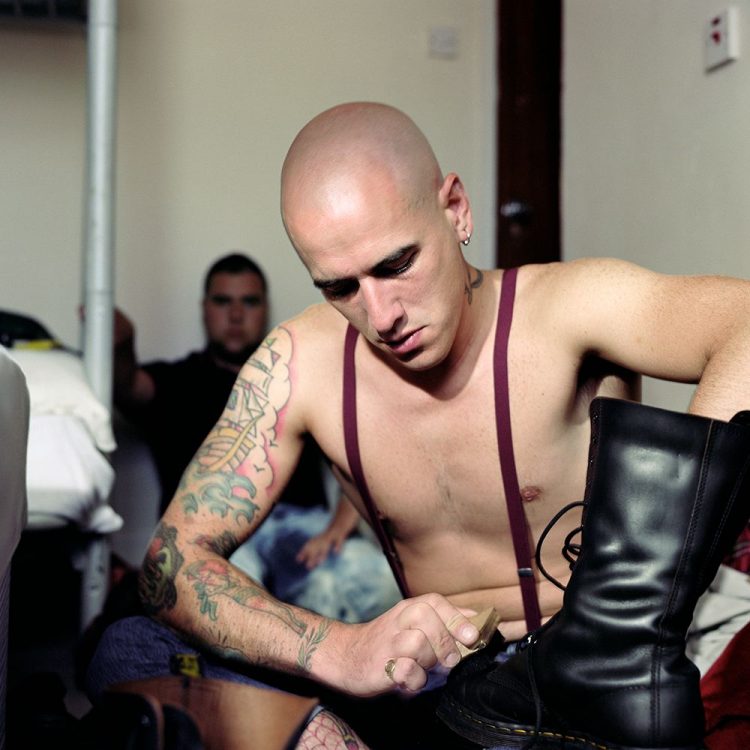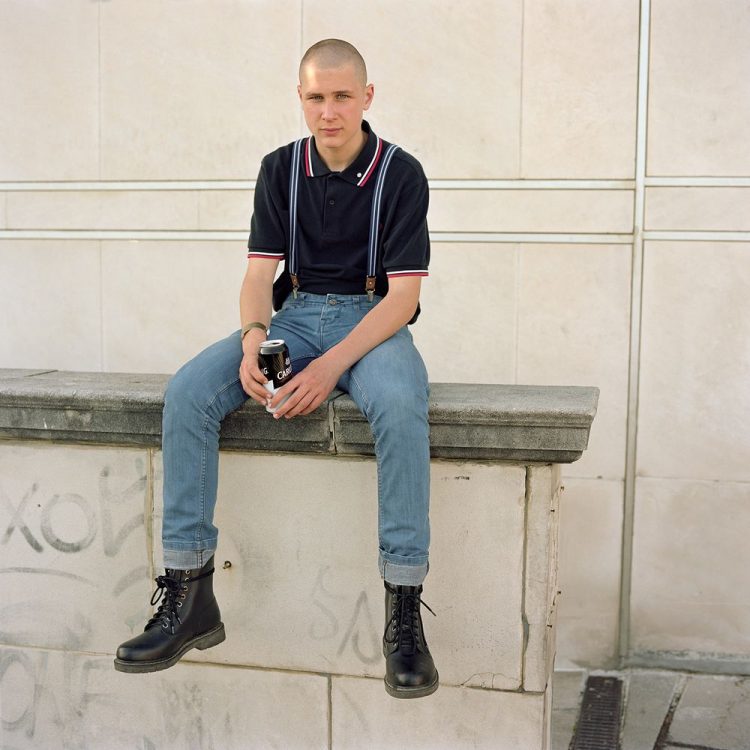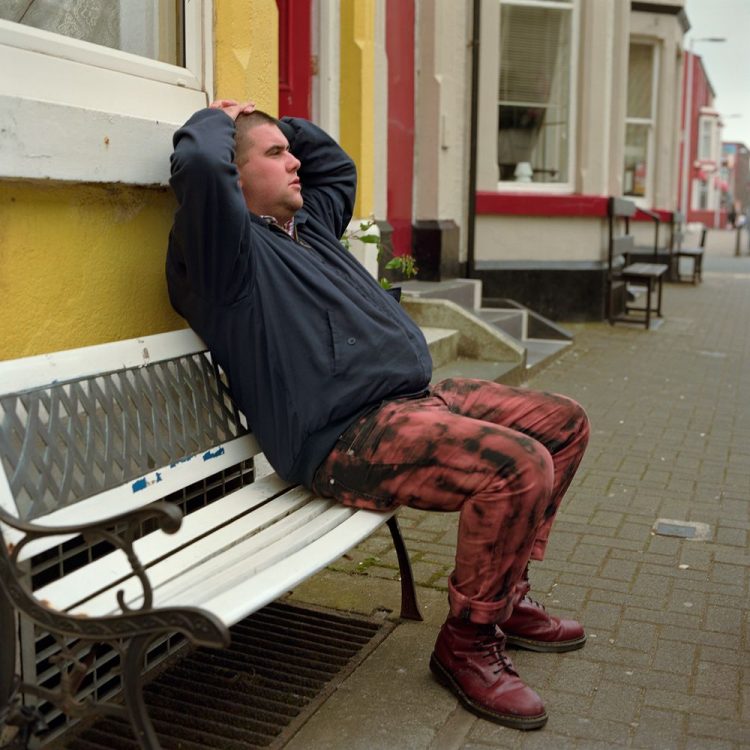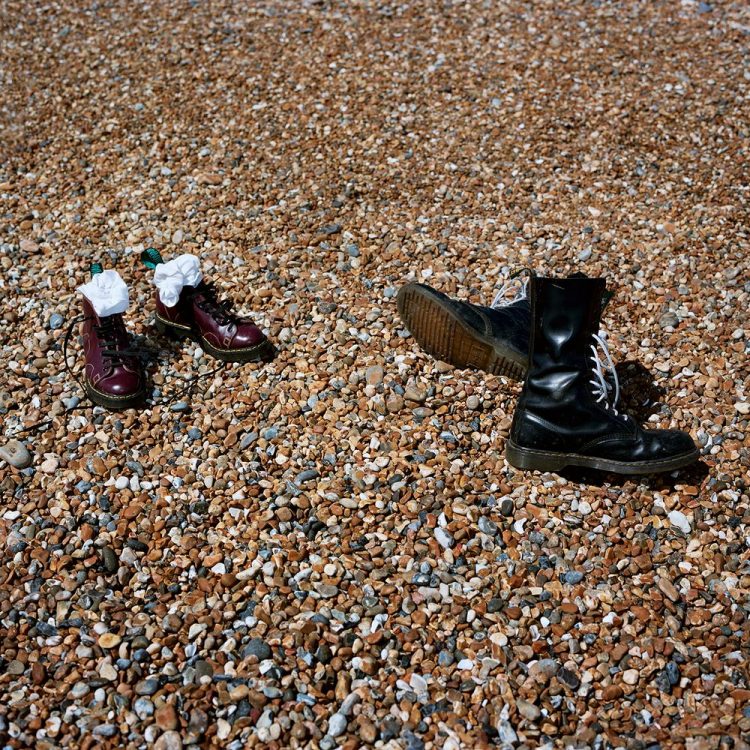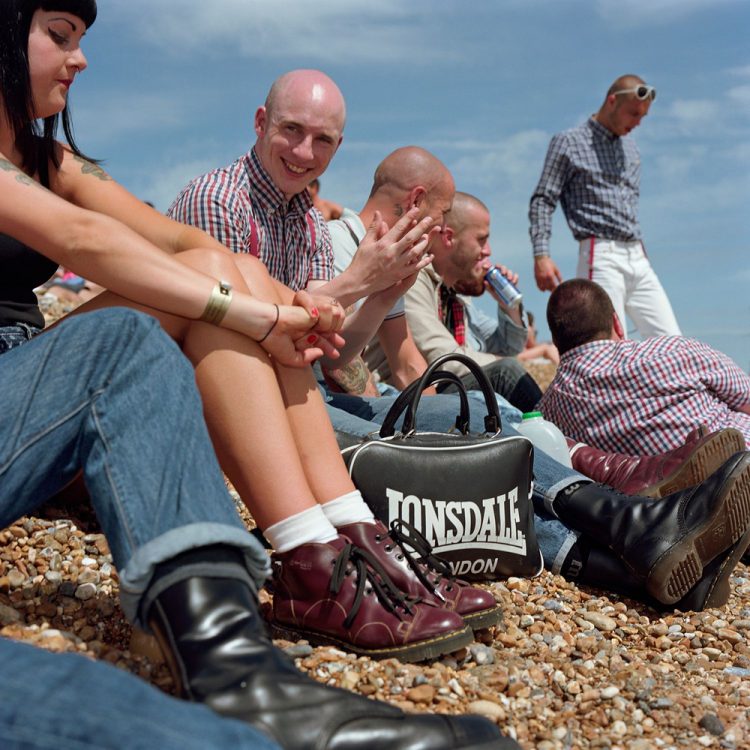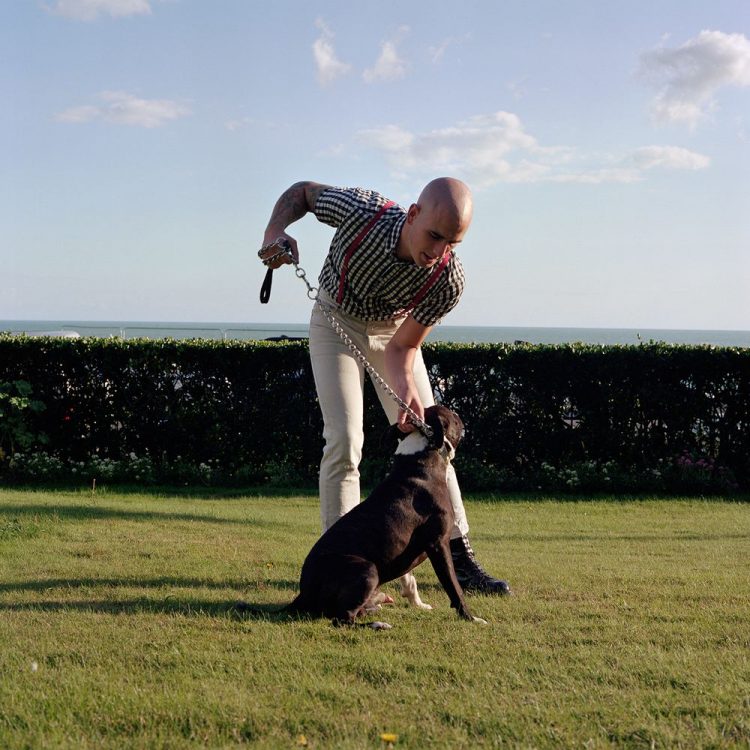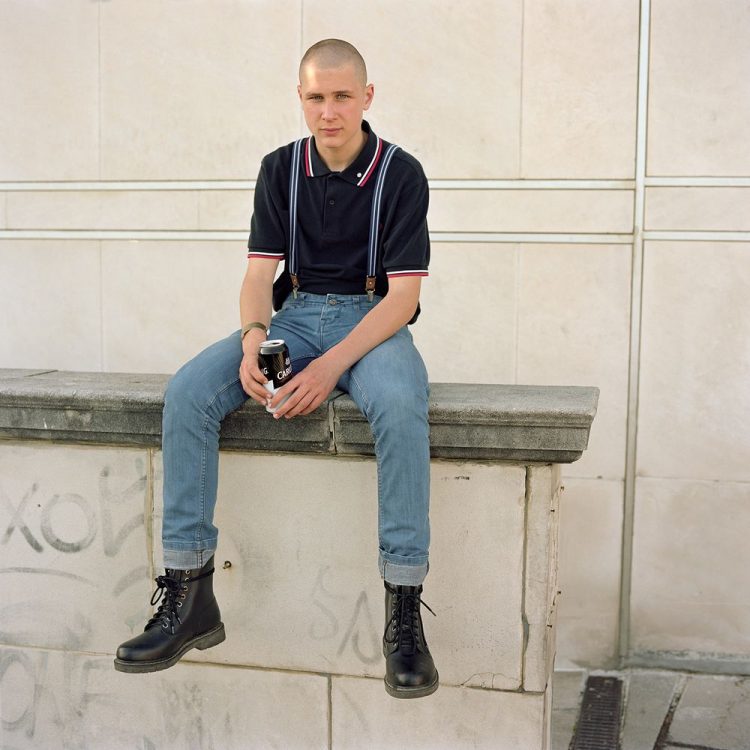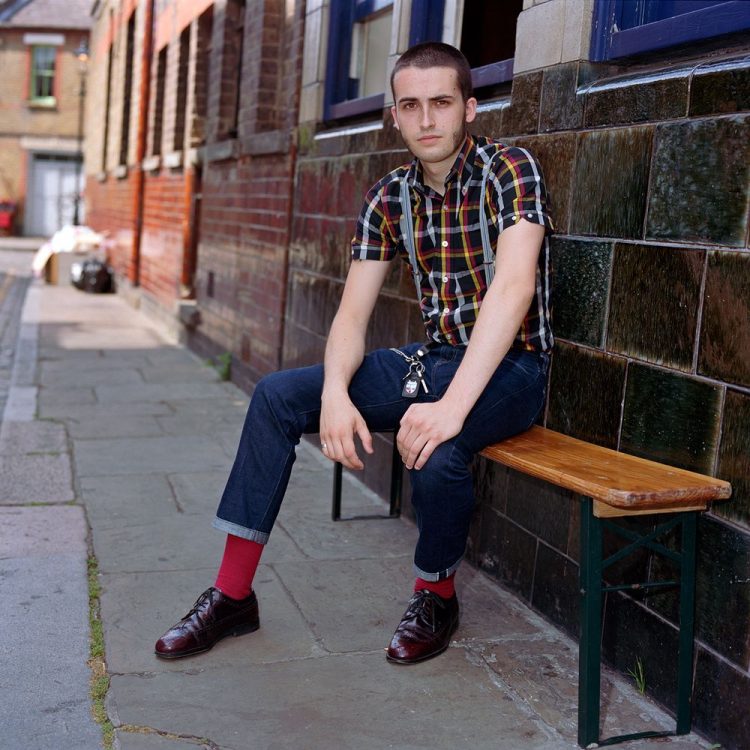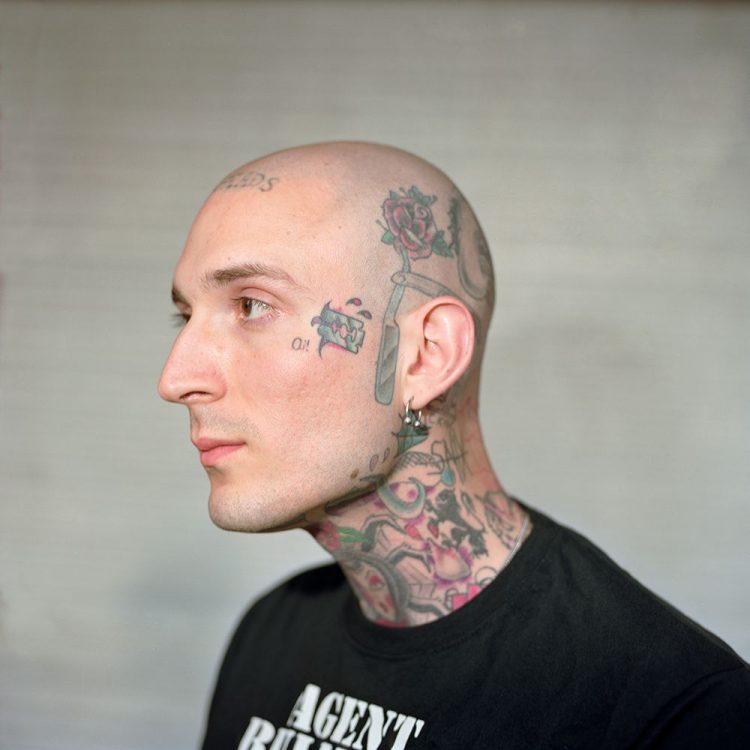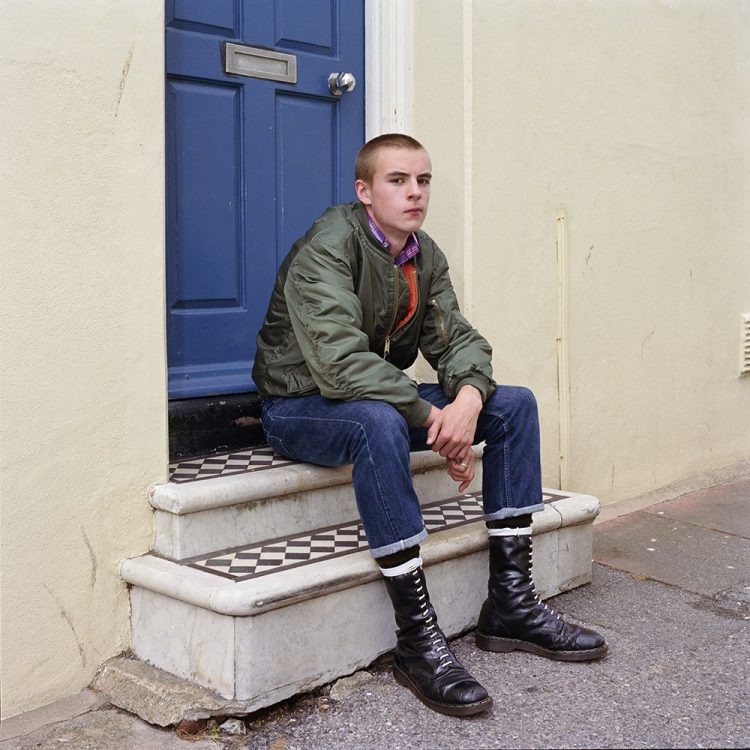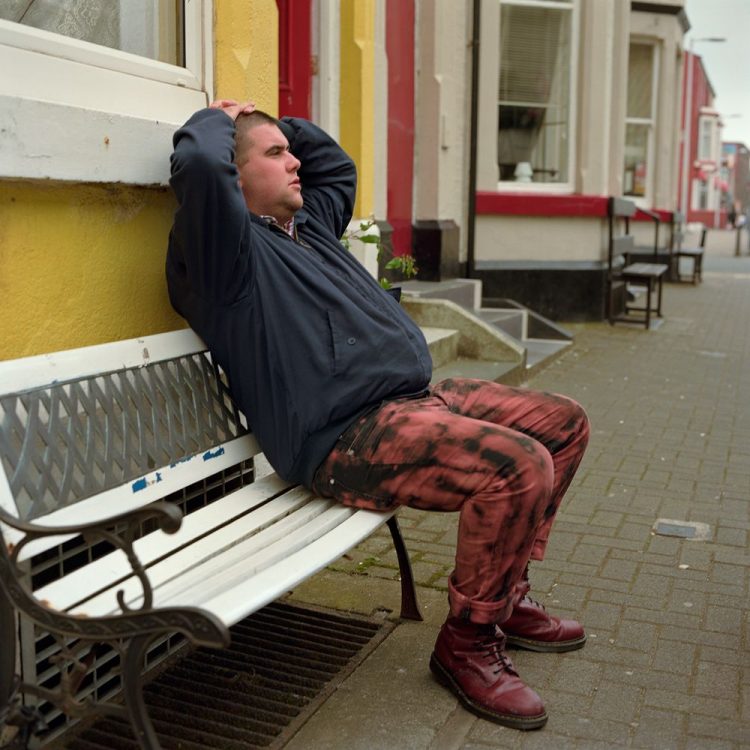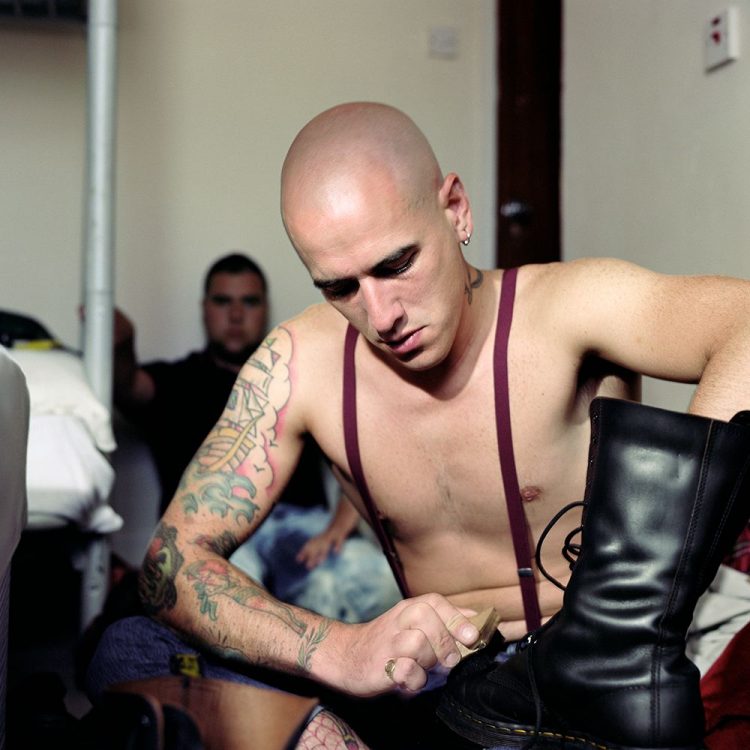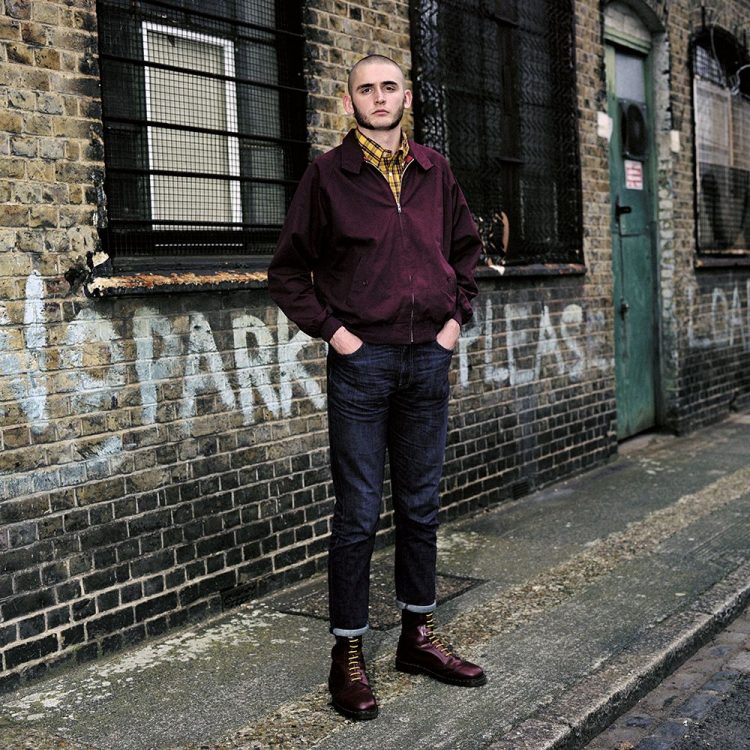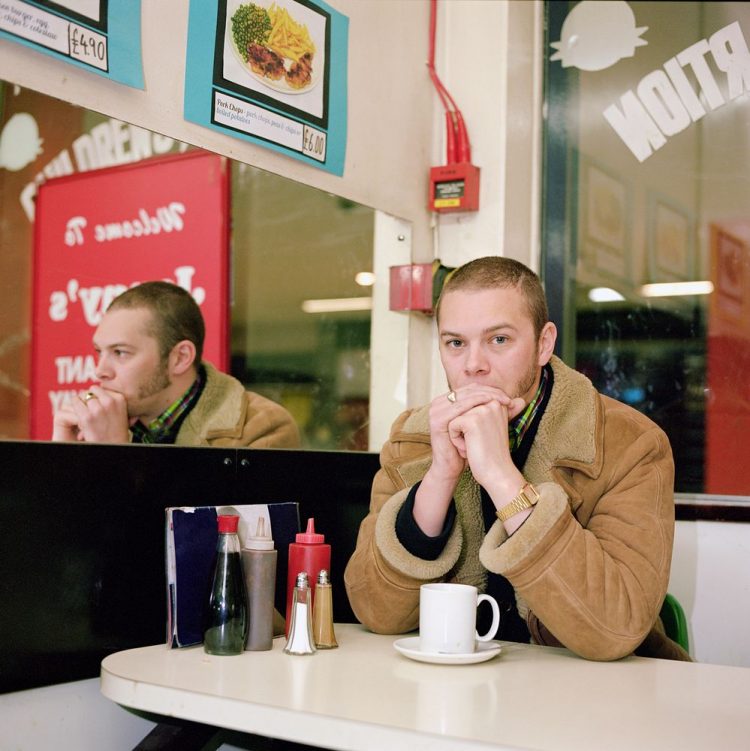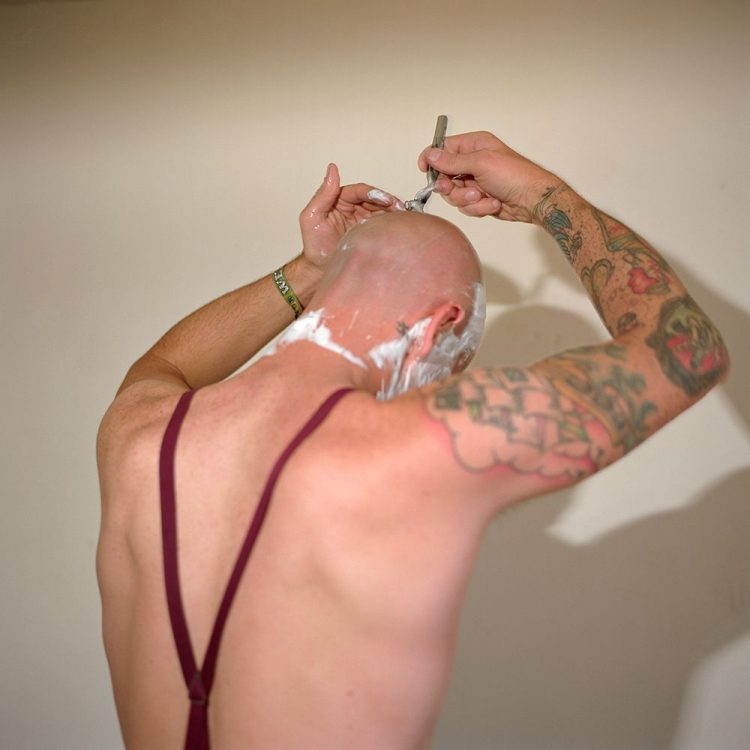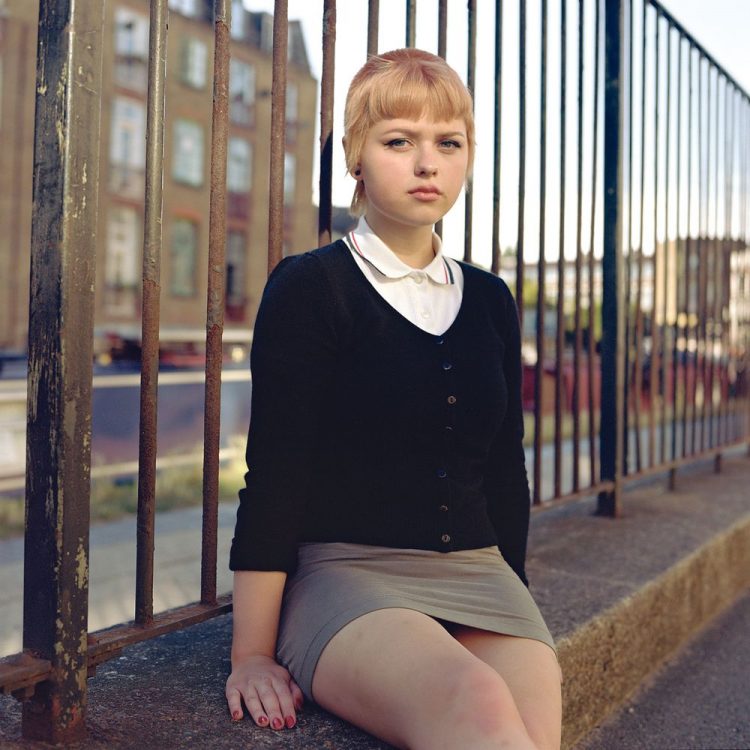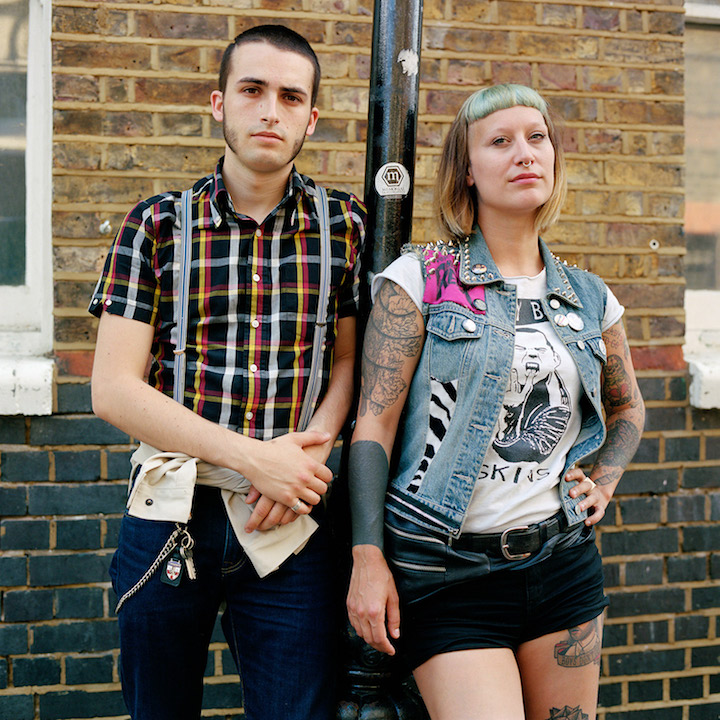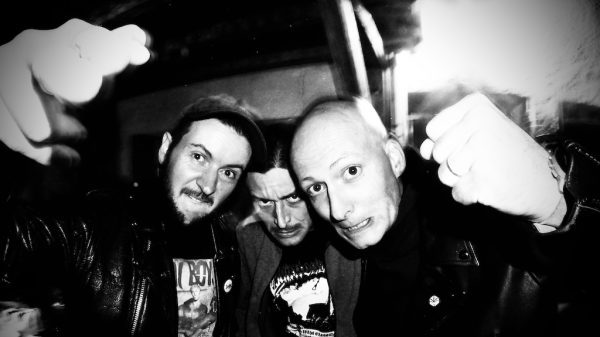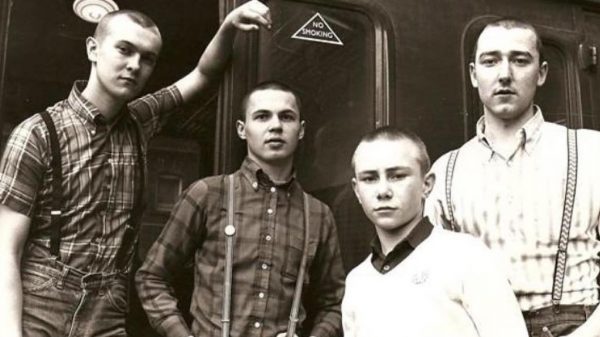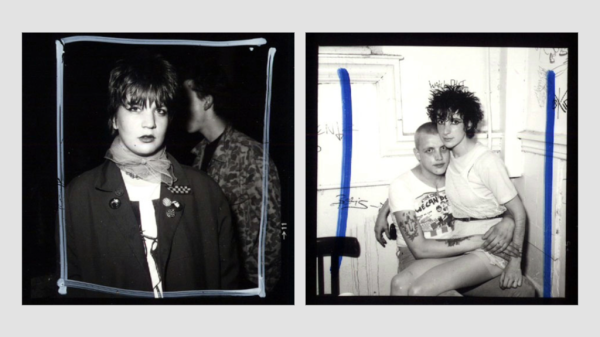Growing up in the ’80s, I remember looking at books about skinhead culture at my local book store in Venice. I was instantly intrigued by this British subculture, and the fact that it was a movement with roots in Jamaican Rudeboy culture made me want to find out more. Then I started checking out bands like 4 Skins and other Oi! bands from the UK. Eventually, the movement got hijacked by racist skins and they even came to the states. The summer of 1984 in the Bay Area was called the Summer of Hate because racist skins took over our scene. I made it my mission to fight back, and I almost lost my life in the process, but I knew hate didn’t have a place in our scene, and 15-year-old me wasn’t going to back down.
In 2021, the world is still dealing with all sorts of racist subcultures. This is why the photos of Owen Harvey are so important because he embedded himself with a crew of Anti-Racist Skins so that the world can see the original side of this working-class subculture. Below, check out what Owen has to say about this culture in his own words!
Skinhead subculture has a long and complex history. The subculture drew influence from the earlier Mod style and originally used music by Jamaican musicians in the 1960s as its soundtrack. Those involved in the subculture had a sense of working class pride, and these attributes were often recognized in both white and black youth growing up across England.
Members of the subculture are often motivated by social alienation and class pride; part of the original skinhead style was, in part, a rejection of the conservative, severe culture of the 1950s. The skinhead style was seen as an aggressive way of presenting yourself by the media, with short hair, rolled up jeans and footwear often referred to as “bovver boots.”
In the 1980s, the original skinhead subculture was split into far-right and far-left factions by political affiliations. Although many skinheads consider themselves apolitical, people outside the group are most familiar with the strongly nationalist leanings of the far-right faction.
The distinctive skinhead look went on to be adopted by neo-Nazis and various other racist groups; as a result, many original skinheads felt it was time to abandon their style due to the association. Still, some true skinheads refused to give up their style and this caused a further divide within the subculture for those with different political stances.As an outsider, I decided to photograph the young men and woman within the current scene in order to try and learn what it means to be a skinhead in the present day.


